The meanings behind car makers' emblems
These logos are etched deep into our collective consciousness, but do you know the reasoning behind them?
Car makers' emblems are synonymous with their companies and their cars, and they're something every car fan, and many non-enthusiasts, can recognise in an instant.
However, most people don't know the often fascinating detail behind these emblems and the symbolism they represent.

ABARTH: The scorpion represents Scorpio, the astrological sign of company founder Carlo Abarth. At the top is the Italian flag, and the red comes from the national racing colours of Italy.

ALFA ROMEO: Alfa is an acronym for Anonima Lombarda Fabbrica Automobili, while Romeo is the surname of the businessman who bought the company in 1915. Of the badge, the red cross on the left is the symbol of Milan, while on the right is a crowned viper swallowing a Moorish man – the insignia of the House of Visconti, which historically ruled the city.
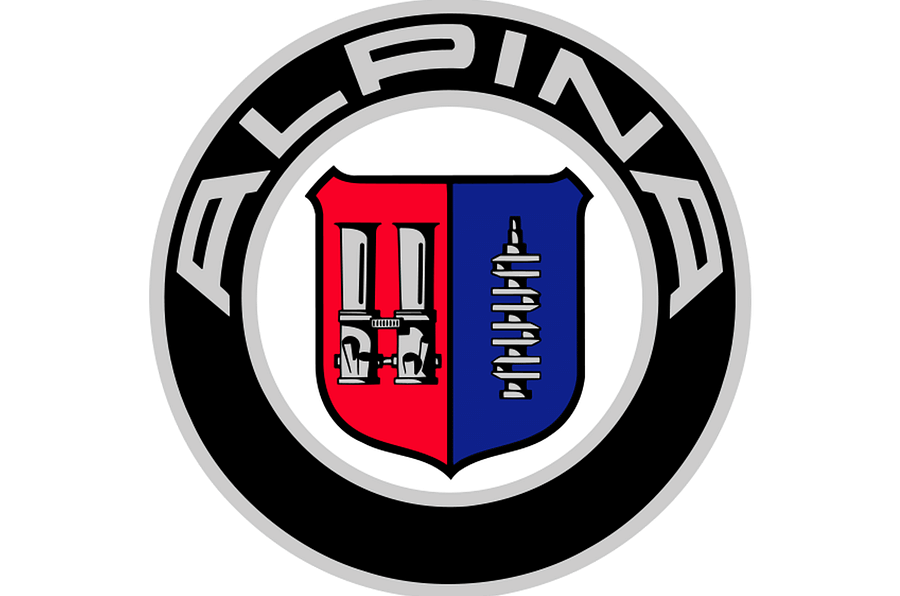
ALPINA: The name Alpina derives from the company’s first shop (which produced typewriters) by the Alps. The imagery on the badge is of a Weber carburettor – a component that began the company’s close relationship with BMW – and a crankshaft.

ASTON MARTIN: The second half of the name comes from one of the company’s co-founders, Lionel Martin, and the first from Aston Hill Climb, which he found success at. The ‘wings’ badge was chosen in 1927 to represent speed, and supposedly took inspiration from Bentley’s ‘Winged B’.

AUDI: Founder August Horch left his eponymous company but was blocked from using the name again for his own efforts. His son suggested 'Audi': 'Horch' is German for ‘listen’ and ‘audi’ the same in Latin. The logo derives from that of Auto Union, a merger of four brands (Audi, DKW, Horch and Wanderer). The rings, representing each brand, overlap to signify union. They are silver, the national racing colour of Germany.

BENTLEY: Bentley started building aircraft engines in the First World War, so wings seemed natural. The silver of the logo represents sophistication. There are actually an uneven number of feathers on either side of the wing, and they have varied throughout history.

BMW: The name is an initialism for the German meaning Bavarian Motor Works. The black exterior circle comes from the logo of BMW’s predecessor, Rapp, while the blue and white chequered roundel represents the flag of Bavaria.

BUGATTI: The motif within the oval represents the initials of the brand’s founder, Ettore Bugatti. The 60 dots around the edge of the red oval have one of two conflicting origins: either pearls to indicate grandeur or the safety wires that Bugatti employed in its engines as a result of their lack of gaskets.

CADILLAC: The name comes from the founder of Detroit, French explorer Antoine Laumet de la Mothe, who invented for himself the title of sieur (sir) of Cadillac. The intricate badge comes from his fabricated coat of arms, which he based on the authentic shield of his old neighbour, the baron of Lamothe-Bardigues. Originally, the Cadillac badge featured six martlets, but these were replaced by golden quarters with a black horizontal stripe in 2000.
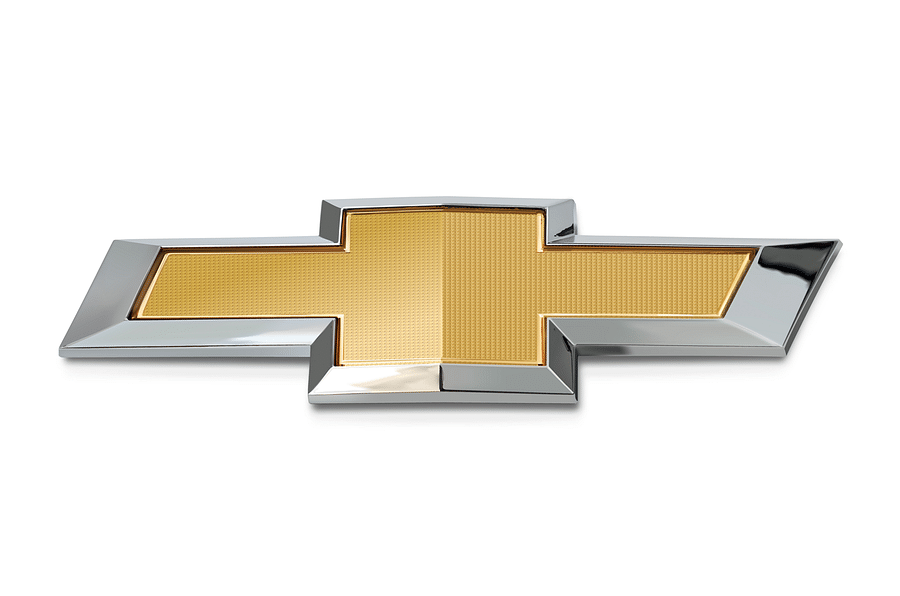
CHEVROLET: The famous ‘bowtie’ logo was introduced two years after the company was formed. The badge was inspired by a design that Louis Chevrolet saw in an advertisement in a local newspaper, likely for the Coalettes coals company.

CITROEN: In 1901, company founder André Citroën travelled to Poland, where he purchased the patent for a double helically cut milling gear (such was his original business). The two chevrons represent the two opposing gears of this intermeshing.

FERRARI: At the top of the logo is the Italian flag. Below it is a yellow shield, the colour of Modena. There are also the initials ‘SF’, for Scuderia Ferrari (meaning Team Ferrari), and the leftward-facing prancing black horse. Enzo Ferrari chose this after meeting a count whose late son, Francesco Baracca, had been a fighter ace in the First World War. The horse had been painted on the fuselage of his aeroplane. Baracca’s mother told Ferrari to use the horse on his cars for good luck. The ace was thought to have taken the horse from the plane of a German pilot, whom he had shot down, from Stuttgart. Therefore, the Ferrari horse is the same as the one on the Porsche crest.

FORD: The blue oval, which was first used in 1927, contains the signature of the company’s founder, Henry Ford, which has remained almost unchanged since its first use in 1909.

HYUNDAI: Although it looks simply like an italicised Honda emblem, the Hyundai logo has a hidden meaning. It is also meant as a stylised handshake of trust between two people, indicating company and consumer, with the company leaning in.

INFINITI: This has two official interpretations, both concerning the upward-facing triangle. The first is that it is a highway, facing towards the future – appropriate, given that the brand was codenamed ‘Horizon’ while under development. The second is that it depicts Mount Fuji, representing the brand’s nationality and the highest point of quality.

JAGUAR: Jaguar was originally called SS Cars, but was renamed after the Second World War for political reasons. Jaguar was named after an old SS model and the leaping Jaguar ornament chosen to illustrate grace and forward motion.
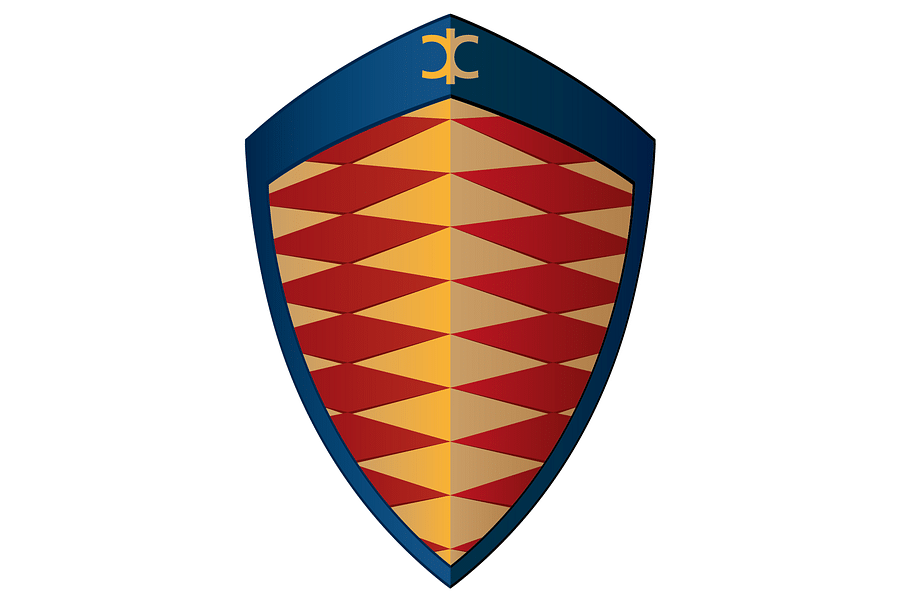
KOENIGSEGG: Founder Christian von Koenigsegg has a surname of Germanic origin. ‘Von’ usually indicates nobility and von Koenigsegg has traced his ancestry back to knights of the German-Romanic empire in the Middle Ages. His brand’s badge of gold and red rhombuses is a stylised version of his ancient family crest, which originates in the region of Swabia.

LADA: Lada was originally the name of export cars only, with the brand known as Zhiguli in the Soviet Union – named after a mountain range near its factory in Volga. The name Lada is that of a form of river-going Viking longship, which is reflected in the brand’s logo. The blue branding is said to represent the water it sails upon.

LAMBORGHINI: Another zodiac-inspired man was Feruccio Lamborghini, a Taurus. His inspiration was taken from a visit in 1962 to a renowned ranch that reared fighting Miura bulls in Seville, Spain. The bull is also supposed to represent his cars’ power.

LOTUS: Although the meaning behind the name ‘Lotus’ has never officially been revealed, it is commonly believed to relate to company founder Colin Chapman’s knowledge of the lotus flower and its representation of Nirvana (paradise) in Asian philosophy. The yellow of the badge supposedly represents bright days ahead, while the green central lozenge is in British Racing Green, showing Lotus’s racing origins. The intertwined letters at the top are the initials of Anthony Colin Bruce Chapman.

MASERATI: The trident is taken from that held by the statue of the Greek god Neptune in Bologna’s Piazza Maggiore central square. Not only did this therefore represent Maserati’s hometown but also Neptune’s qualities of strength, being god of earthquakes, storms and horses.

MAZDA: The name Mazda is taken from Ahura Mazda, the creator of and god in Zoroastrianism, a religion that was prominent in early Asian cultures. ‘Mazda’ translates as ‘wisdom’. Coincidentally, it is also an anglicisation of the name of the company’s founder, Jujiro Matsuda. Mazda has gone through several badges in its time, with the current one being introduced in 1996. A stylised M within an oval, the oval represents the sun and the M the company. It also looks like outstretched wings, which is claimed to symbolise the Mazda’s freedom of expression.

McLAREN: The original logo of the McLaren racing team focused on a Kiwi bird, representing founder Bruce McLaren’s homeland of New Zealand. In the 1980s, a new design was bestowed upon the F1 team, consisting of chevrons from prime sponsor Marlboro cigarettes. In 1997, this was changed to a singular, differently shaped chevron. This was later altered to the ‘swoosh’ of today, although McLaren says this has no Marlboro connection – instead “evoking the aggressive markings found on predatory animals and insects”.

MERCEDES-BENZ: The Mercedes part of the name comes from the daughter of Daimler partner Emil Jellinek. Benz came from Karl Benz, maker of the first real car. When the two companies merged in 1926, Mercedes-Benz was born. The logo originated from a postcard sent in the 1870s by Gottlieb Daimler to his wife, in which he marked where he was living with a three-pointed star and wrote by it: "One day this star will shine over our triumphant factories.” It was first used on a car in 1910 and it came to be that the star’s three spokes represented land, sea and air.

MG: MG stands for Morris Garages, having started out as a part of William R Morris’s automotive business in Oxford, in 1924. The octagonal badge was chosen to separate MGs from regular Morris models, with some cars even gaining octagonal instrument dials too.
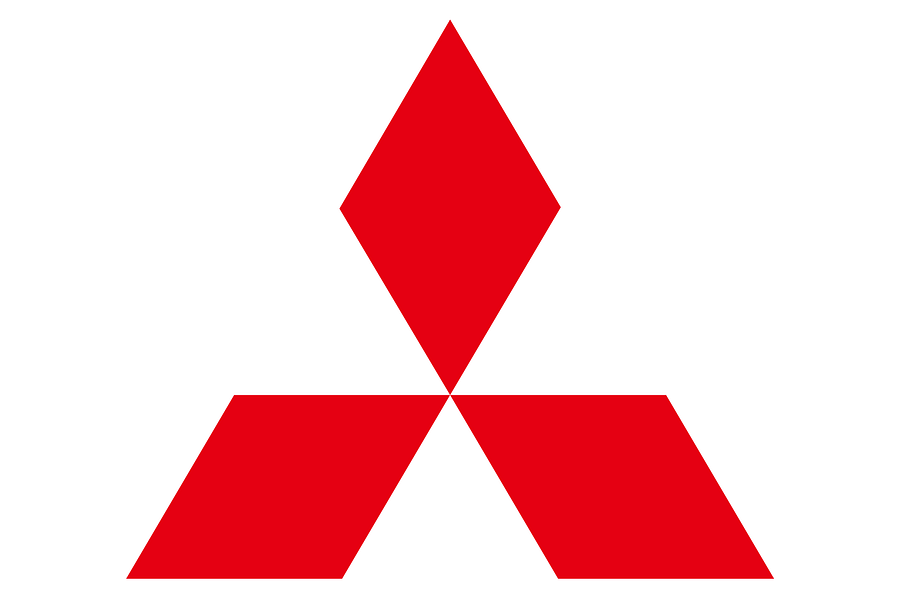
MITSUBISHI: Mitsubishi is unusual in that its name describes its logo, rather than the other way around. ‘Mitsu’ means three, while ‘Hishi’ means water caltrop, which is often used to refer to a rhombus or diamond. Japanese often bend the "h" sound to a "b" when it occurs in the middle of a word. The three-diamond mark was chosen by founder Yataro Iwasaki. It invokes both the three-leaf crest of the Tosa Clan, his first employer, and the three stacked rhombuses of the Iwasaki family crest.

MORGAN: The origin of the winged Morgan logo is uncertain, but one popular story is that it was inspired by World War I fighter pilot Captain Albert Ball. The owner of the original Aero three-wheeler, he described the exhilaration of driving it as the closest thing he had found to flying.

NISSAN: The Nissan name is an abbreviation of Nihon Sangyo (Japan Industries), which was the parent company of Datsun. When Nissan replaced Datsun on the back of cars, its logo was the company’s name in a blue rectangle across a red circle. This was to invoke the Japanese flag, which features the Rising Sun. This was turned chrome in the 1990s to represent modernity.

OPEL: Opel’s ‘Z’ logo is a homage to its Blitz (lightning) truck that helped it revive after World War II, bearing both the shape of lightning and last letter of the word describing it in German.

PEUGEOT: Peugeot’s logo features a stylised lion standing on its hind legs. This logo appeared as early as 1847, long before Peugeot entered the automotive business, and represented quality goods. From 1923, Peugeot cars gained a lion’s head bonnet ornament. In 1948, with the introduction of the 203, a more familiar lion appeared – that of the coat of arms of the French region of Franche-Comté, the successor to that in which Armand Peugeot was born. This slowly evolved to become ever more angular.

PORSCHE: Porsche’s insignia is intrinsically linked to the brand’s home town, which is written in the centre. Below it is a horse – ‘Stuttgart’ translates from Old High German as ‘Stud Garden’. The quartered crest surrounding the horse is taken from the coat of arms of the Free People’s State of Württemberg, which was founded after the dissolution of the German monarchy in 1918, and of which Stuttgart was the capital. The trio of black antlers in the top left and bottom right date back to at least the 10th century, signifying the greater region of Swabia, while the red and black stripes are of the Duke of Württemberg.

RENAULT: Renault’s emblem was originally circular but was changed to the famous diamond in 1923, most likely because it better fitted the cars’ centrally divided grilles. The brand’s name was removed and the lines emboldened in 1972 to make the logo appear more prominent.
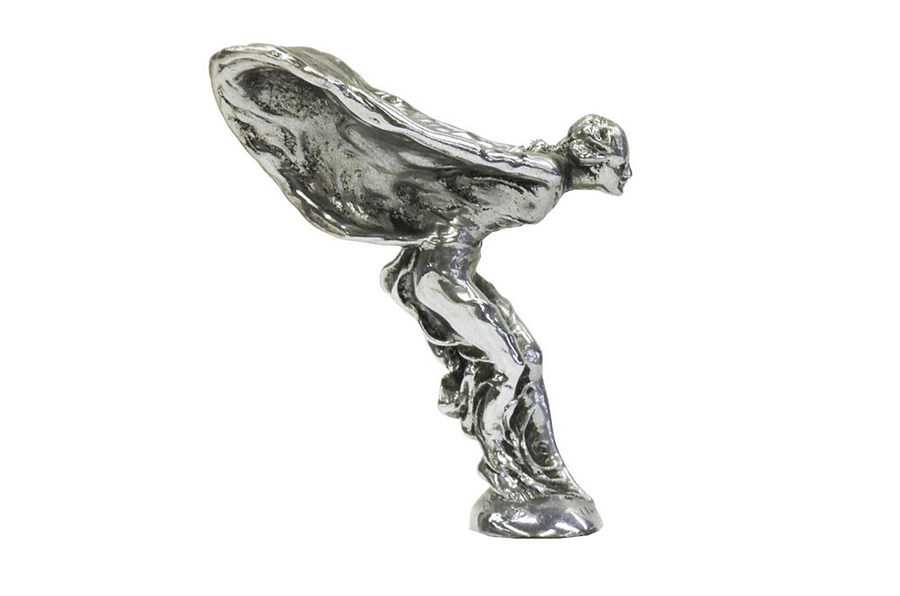
ROLLS-ROYCE: Rolls-Royces originally just had the overlapping Rs badge. Many owners wanted something more prominent, however, and one, Lord Montagu of Beaulieu, commissioned his friend, the sculptor Charles Robinson Sykes, to design such an ornament. Montagu chose his secretary and mistress, Eleanor Thornton, as the model. The ‘Spirit of Ecstasy’ features her with a finger to her lips and her robes fluttering behind.

ROVER: ‘Rover’ also means ‘seafarer’, and the most famed such people of all were the Vikings. Thus early Rovers featured a standing Viking, complete with dual-pointed helmet, which was eventually cut to just the head. In 1929, this was changed to a badge featuring a head-on image of a Viking longship.

SAAB: The gripen (griffin) logo first appeared in 1984, replacing one that depicted an aeroplane. It is taken from the crests of the Skane and Götland regions, homes of Scania and Saab respectively. This mythical creature supposedly represents vigilance.

SKODA: Skoda’s logo has featured an arrow with three feathers since 1923. The arrow was to represent motion, the wings freedom and the ‘eye’ in the feathers precision. Although green is now associated with Skoda, it has only been so since 1990, and represents a fresh start.

SMART: The silver ‘C’ stands for compact, while the yellow arrow represents progress.
SPYKER: Formed in 1999 as a continuation of the original Spijker company (1880-1926), which had built a small number of trainer biplanes for the Dutch Air Force during World War I, Spyker has a logo that features a rotary aircraft engine. Underneath reads 'Nulla tenaci invia est via', Latin meaning ‘no road is impassable for the tenacious’.

SSANGYONG: In Korean, Ssangyong means ‘double dragon’, and the brand’s logo is a stylised depiction of this.

SUBARU: Subaru started out as the automotive division of the multi-faceted Fuji Heavy Industries (FHI) Corporation. Subaru is Japanese for ‘coming together’ and is the name given to the Pleiades star cluster, which the company’s logo originally mirrored. The stars have since been altered, with the larger one to the left representing FHI and the five smaller ones the companies that merged to form it. The logo’s background is blue, the same colour as Pleiades.

TESLA: This manufacturer of electric cars is named after the designer of the alternating current (AC) electricity system, Nikola Tesla; the brand’s first model, the Roadster, used a motor descended from his original design. The stylised ‘T’ of the logo represents the cross section of an electric motor, with the upright part symbolising a rotor pole, and the curved line over the top of it a section of the stator.

TOYOTA: The inner ovals symbolise the heart of the customer and the heart of the company, overlapping to represent a mutually beneficial relationship and trust, as well as forming a ‘T’ shape for Toyota. The outer oval is for the world embracing Toyota. Each oval is drawn with different stroke thicknesses, pointing to Japanese calligraphy art and culture. The space in the background within the logo is meant to exhibit the values that Toyota stands for: quality, value, driving joy, innovation, and integrity in safety, the environment and social responsibility.

VAUXHALL: Vauxhall is named after the area of London in which it was formed. The name itself is a corruption of ‘Fulk’s Hall’, a house built by one Falkes de Breauté, a mercenary soldier in the 13th century who by marriage gained rights to the area. His family’s coat of arms features a griffin, which features on the car maker’s badge today, holding a flag reading ‘V’.

VOLVO: The name Volvo is taken from the Latin for ‘I roll’. The logo of a circle with an arrow pointing diagonally up and to the right comes from a Roman symbol for Mars, the god of warfare. Because of this, the symbol came to also stand for iron, as weapons at the time were made from the metal. Volvo’s founders had been in the iron industry, and iron had qualities such as strength, safety and durability, which they wanted reflected in their cars.
RELATED ARTICLES
Autoliv Plans JV for Advanced Safety Electronics With China’s HSAE
The new joint venture, which is to be located strategically near Shanghai and close to several existing Autoliv sites in...
JLR to Restart Production Over a Month After September Hacking
Manufacturing operations at the Tata Group-owned British luxury car and SUV manufacturer were shut down following a cybe...
BYD UK Sales Jump 880% in September to 11,271 units
Sales record sets the UK apart as the largest international market for BYD outside of China for the first time. The Seal...






 31 Jul 2017
31 Jul 2017
 56004 Views
56004 Views





 Ajit Dalvi
Ajit Dalvi




